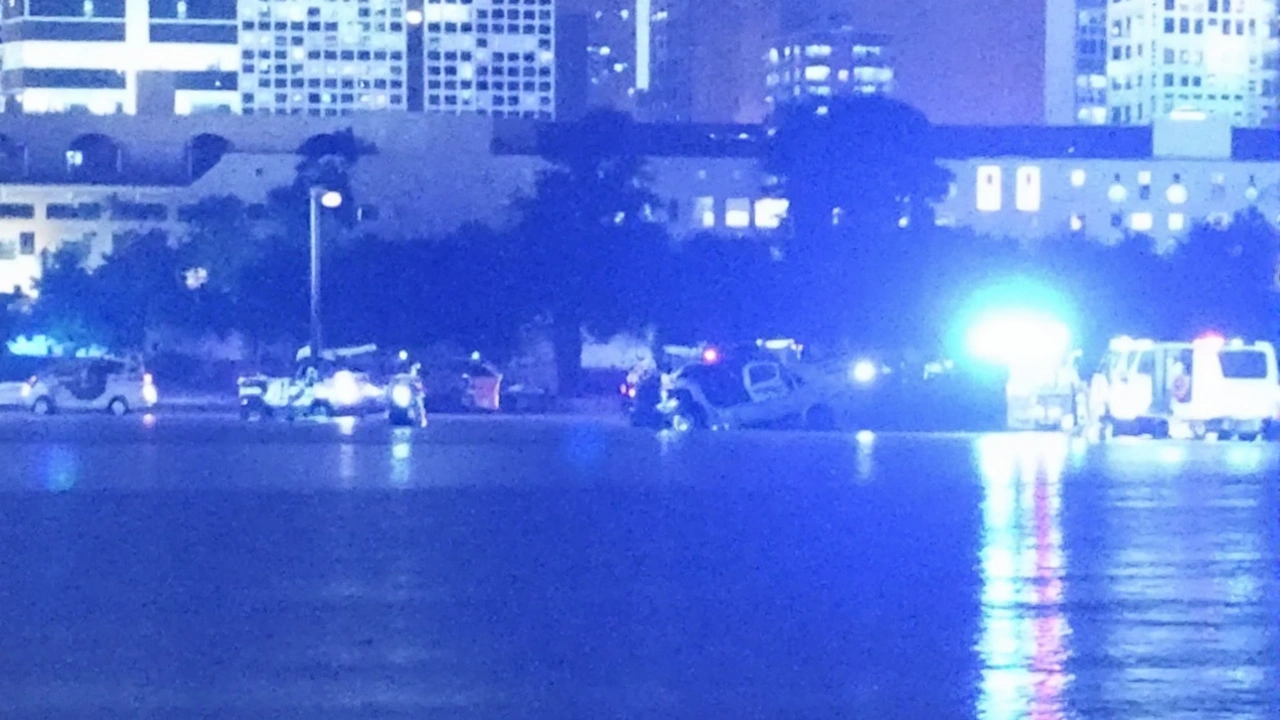Potomac River: Quick Guide to Where to Go, What to Do, and What to Know
The Potomac River runs from West Virginia and Maryland into the Chesapeake Bay, cutting past Washington, D.C. It’s a working river and a place people visit for boating, running, birdwatching, and history. You can paddle calm sections, walk scenic towpaths, or visit landmarks along the banks.
Where to start? If you want easy access, head to Georgetown in D.C. or Great Falls Park upstream. Georgetown offers waterfront trails, restaurants, and boat rentals. Great Falls gives big waterfalls, short hikes, and strong rapids—great for photos but not for casual swimmers.
Activities and access
Kayak and canoe rentals are common near urban spots. For beginners, choose the tidal Potomac near Georgetown or Alexandria where water is gentler and launches are frequent. If you like a longer trip, plan a multi-day paddle through quiet stretches in Maryland or Virginia; check put-in and take-out points and camping rules. Fishing is popular—striped bass, catfish, and bass show up seasonally—so check local regulations and license needs.
On land, the C&O Canal towpath runs alongside parts of the river and is great for walking, running, and biking. Many parks offer picnic areas and viewpoints. If you want a structured visit, look for guided boat tours in D.C. that show monuments from the water at sunset—nice for photos and low effort.
History, wildlife, and safety
The Potomac has deep history. Colonial ports and Civil War sites still stand along its banks. You’ll find historic towns like Alexandria, and military spots like Fort Washington. Museums and markers tell stories if you want context before you explore.
Wildlife includes bald eagles, herons, ospreys, and migrating ducks. Plants in marshy areas help clean the water, but urban runoff still hurts some habitats. If you’re birding, bring binoculars for early morning visits near marshes and quieter upstream bends.
Safety first: currents can be strong, especially at Great Falls and below dams. Always wear a life jacket on boats. Check weather, tides, and park alerts before launch. Avoid alcohol while paddling. For urban areas, be aware of boat traffic and follow navigation rules.
Practical tips: park at designated lots to avoid fines, bring insect repellent in summer, and carry water and sunscreen. Weekdays are quieter; weekends fill up fast at parks and boat ramps. If you want photos of the monuments without crowds, a sunrise paddle in D.C. is unbeatable.
Best times to visit are spring and fall when temperatures are mild, bugs are fewer, and migratory birds pass through. Summer is busy and hot; winter can be crisp and empty if you want solitude. Public transit reaches many D.C. access points, but for upstream parks you may need a car.
If you care about water quality, join a river cleanup or support local conservation groups. Small actions—picking up trash, reporting pollution—help keep the Potomac healthy for people and wildlife. Know rules before going.
- June 16, 2025
- Comments 14
- News

